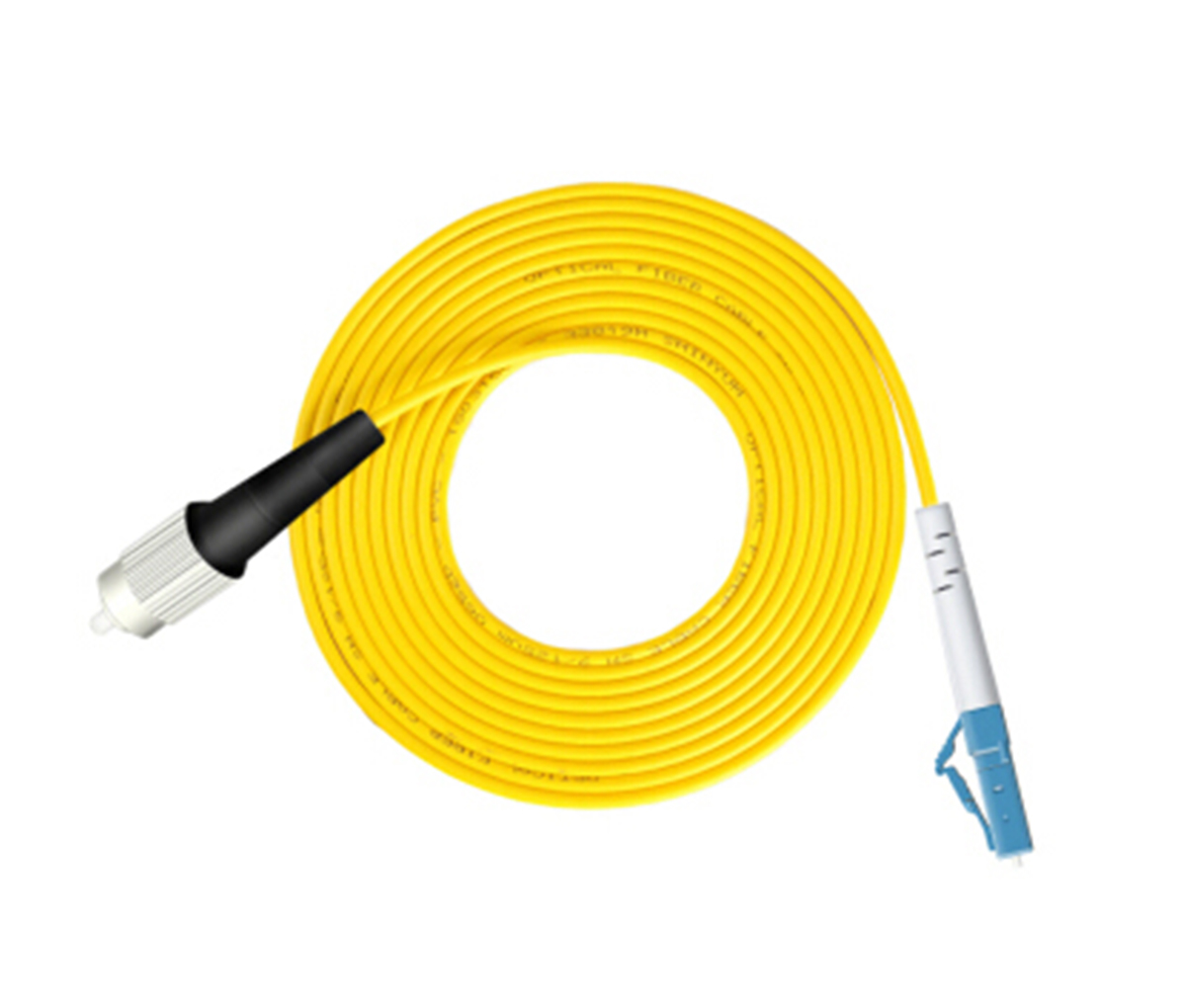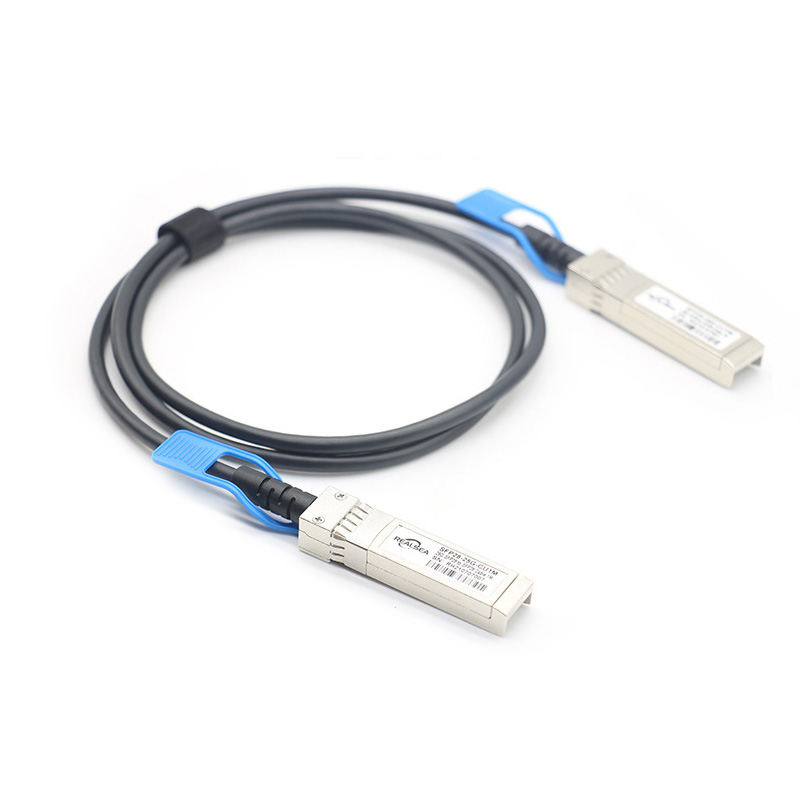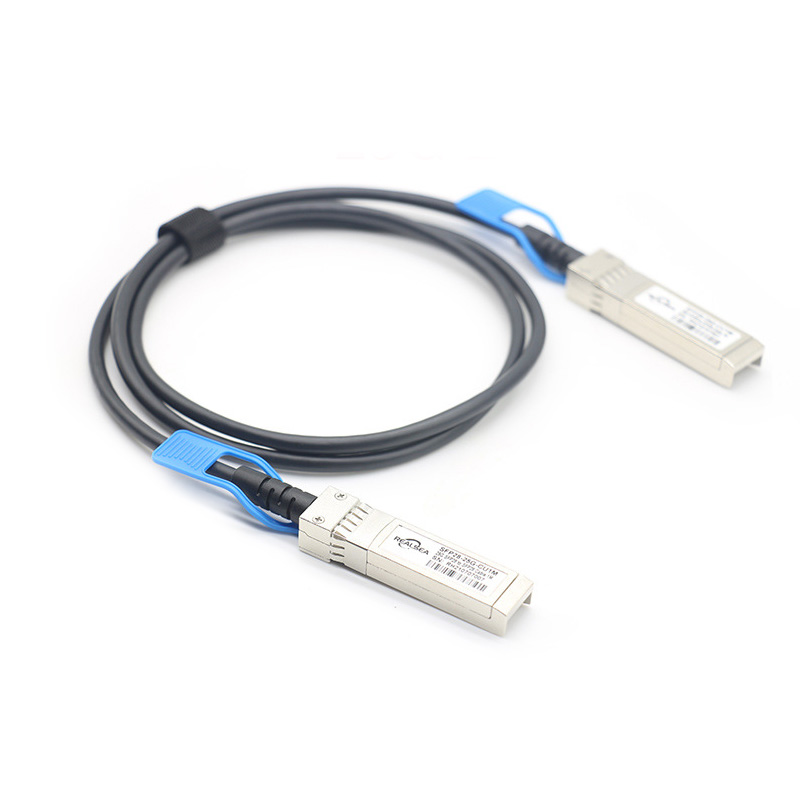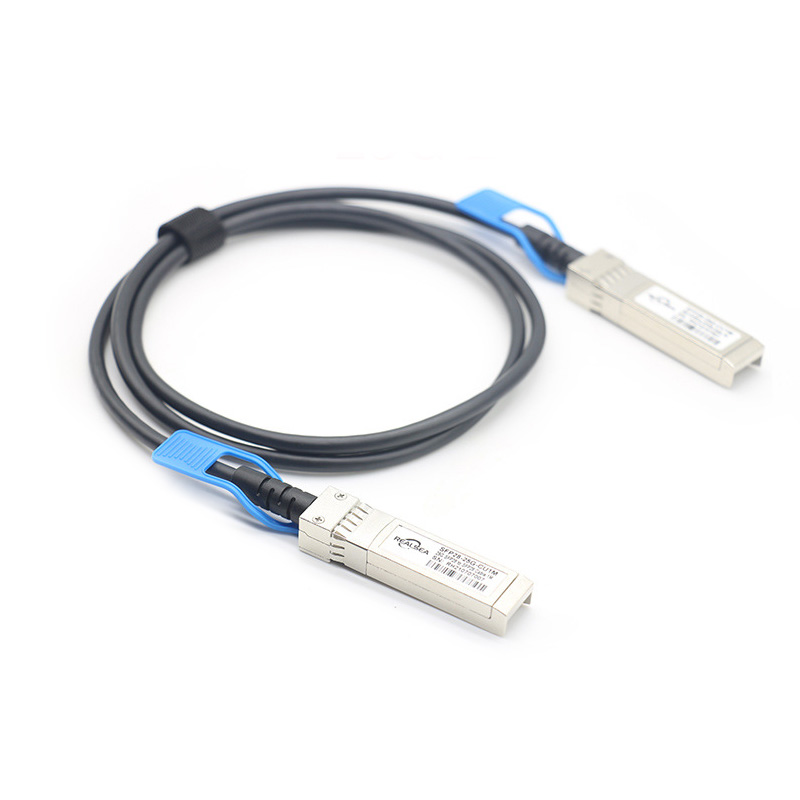Release Date: Aug 19,2022

Optical modules play an indispensable role in data center operations. A good quality optical module can ensure the flexible operation of the high-density optical fiber network, which provides convenience for subsequent management and expansion. So how should you choose an optical module?
When choosing network and IT equipment, it is not enough to compare prices. After finding a suitable optical module for the device, the following points need to be considered: performance, compatibility, interoperability, pre-sales and after-sales service, and technical support.
Whether it complies with the optical module MSA multi-source agreement
Third-party modules, which provide more reliable compatibility at lower prices, have been gradually recognized by the market. Many users have also shifted their attention from costly foundry modules to third-party modules. It is critical to ensure that optical modules are compatible with existing equipment. The Multi-Source Agreement (MSA) standard specifies the interface and size of the module. According to this protocol, module manufacturers can provide optical modules with the same functions as the original brand, while ensuring that the optical modules are compatible with a variety of original equipment. Under the fierce competition in the market, many third-party optical modules can even surpass the original optical modules in performance, reliability and warranty policy.
Whether it has DOM/DDM function
DDM is digital diagnostic monitoring, its full name is Digital Diagnostic Monitoring. is the technology used in optical modules so that users can monitor the real-time parameters of optical modules. These parameters include working temperature, working voltage, working current, transmitting and receiving optical power, etc., and can also display the factory information of the module and prompt alarms/warnings. DOM is digital optical monitoring, its full name is Digital Optical Monitoring. Its function is similar to DDM, allowing you to monitor various aspects of the optical module data in real time, such as the transmission and reception of the optical module, input and output power, temperature, and voltage. Network administrators can check the data to ensure that the optical module is working properly. A module often supports both functions, providing the system with a means of performance monitoring that can help system administrators predict module life, isolate system failures, and verify module compatibility during field installations.
Strict quality control for compatibility and performance
Once the optical module fails, it is likely to cause huge network failures. Large-scale original equipment manufacturers should strictly control the quality of modules during the module production process, and conduct operations such as real machine testing. Ensure transceiver modules are of good quality, performance, compatibility and avoid network disruptions to save time and cost. In addition, the transceiver must also comply with some industry standards, such as MSA, IEC, ISO, etc. It is recommended to ask the supplier about the relevant regulations before purchasing an optical module. Qualified optical module laser safety level can reach one level, so that it will not hurt the eyes during installation/removal. At the same time, in order not to cause environmental pollution, the optical module should also pass the RoHS certification.
Reliable warranty policy and technical service
Even with the original optical modules of big brands, it is difficult to guarantee that there will be no problems at all. The software and hardware of the data center are frequently upgraded. If there is responsible after-sales service and reliable technical support, you are not afraid of compatibility problems with new equipment. There are a large number of third-party suppliers specializing in optical modules in the market, and some of them promise lifetime warranty. Ideally, repairs or replacements are quick and inexpensive. In the case of ensuring professionalism, the longer the period of after-sales and technical services, the better.
price advantage
The common optical modules on the market today are already in use in large numbers for many access applications, accounting for about 10% to 15% of network capital expenditures, so it is particularly important to control the cost per gigabit or module unit price. A good optical module can guarantee that you get what you pay for every penny, and the saved budget can be invested in other projects, such as technological innovation, automated production, tool maintenance, etc., to maintain the competitiveness of the enterprise and improve its performance.
Integrating with 5G new technology
Next-Generation Networks - Fifth-generation (5G) wireless systems are developing rapidly and have surpassed existing 4G/LTE networks. With higher capacity and lower latency, 5G supports higher densities of mobile users, laying a solid foundation for the Internet of Things. Therefore, both in terms of quality and quantity, the demand for high-speed 5G optical modules has greatly increased. As for chips, optical modules based on silicon photonics technology can meet the large bandwidth requirements of new 5G and IoT applications. Optical transceiver modules with better heat resistance that can withstand harsh environments are expected to be deployed on a large scale in the 5G era. In order to avoid fiber exhaustion, 5G construction requires more fiber-saving optical modules.

25G SFP28 DAC is a 25GBASE-CR direct attach copper cable for data center environment. It provides a high speed, cost-effective alternatives to fiber optics in 25GbE Ethernet applications.

fiber pigtail is typically a fiber optic cable with one end factory pre-terminated fiber connector and the other exposed fiber.

This Article just briefly overviews 10G and 25G Ethernet (25Gb) technologies, focusing on the SFP+ transceiver and SFP28 transceiver.